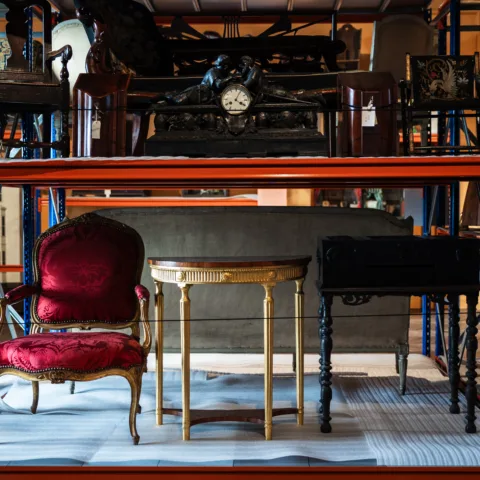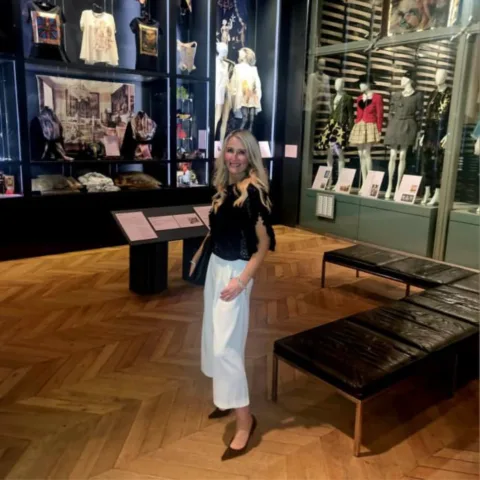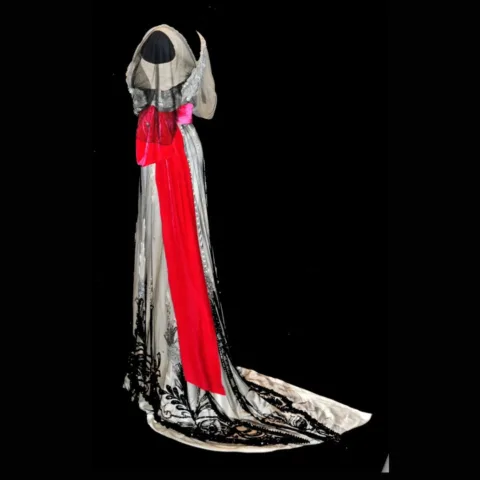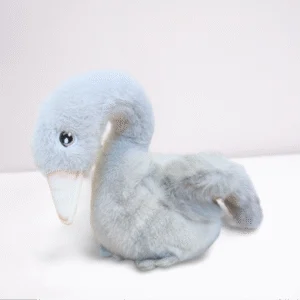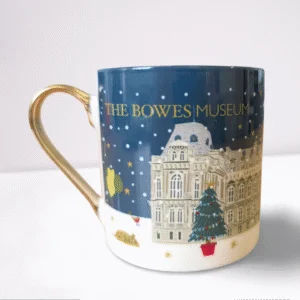The Bowes Museum Blog

Beauty & the Beach
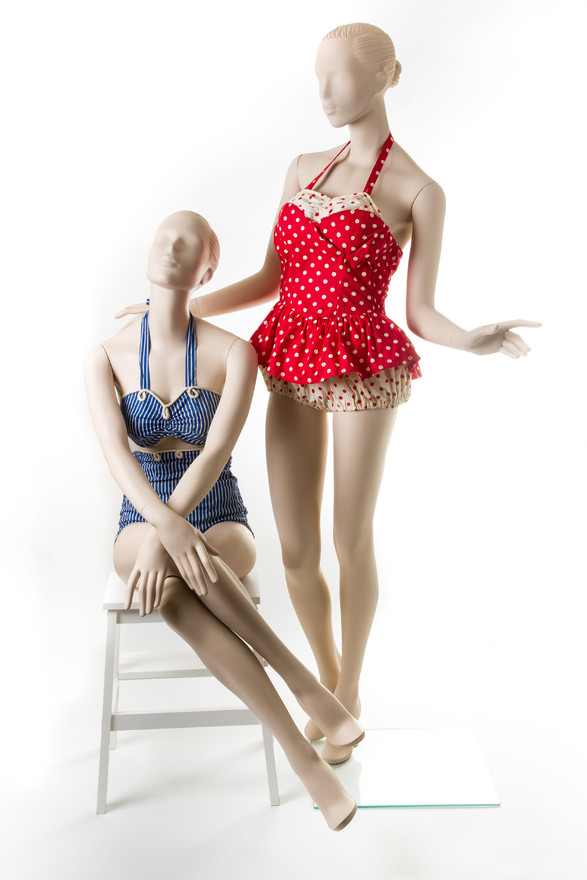
As part of the Conservation Advisory Network, myself, and my two Icon/HLF textile conservation interns visited Kirkleatham Museum in Redcar to assist with the de-installation, condition checking, and packing of a costume exhibition ‘Beauty & the Beach‘. The exhibition was on loan from Southend Museums Service, and comprised of a number of bathing costumes dating from 1940 – 1969.

Kirkleatham Museum, Redcar [Image: Redcar & Cleveland Borough Council]

‘Beauty & The Beach’ at Kirkleatham Museum, Redcar
The exhibition showed only a small selection of costumes from the larger collection, and was originally shown in Southend in 2014, now touring the UK.

Garments from Kirkleatham Museum’s own collection
The exhibition was on loan to Kirkleatham Museum from 10th Sept. – 20th Nov. 2015, and was supplemented with objects from the Museum’s own collection. This included items of local provenance – Kirkleatham is near the Redcar & Cleveland coastline, one of the longest unbroken stretches of beach in the UK.

Saltburn-by-the-Sea
We began by removing the costumes from display, carefully carrying them over to our work station. Each was checked against its existing condition report, looking for changes during the course of the display. Any surface dust was removed using a museum vac.

Kate condition checking bikini bottoms
Rather than undressing the costumes, they were packed on the mannequins. This was to avoid additional handling at each venue. The staff at Southend Museums had created custom soft-packing for each mannequin, to protect the costume and the mannequin beneath. The first step was to remove the hands and arms.

A fibreglass mannequin hand, with it’s custom-made sleeping bag
Where the swimming costumes had shoulder straps, these were secured with cotton tape, to prevent them from slipping off the mannequin.

Cotton tape tied around the straps to prevent them from slipping
The costumes were protected with silk covers; the heads protected with padded bags.

Jamie covering the mannequin with protective covers
The mannequins were then put into thickly padded body bags, made from polyester wadding, and Tyvek. Fastening with a drawstring, they were clearly labelled with the object details.

Tyvek covered padded body bags containing the mannequins
The garments have returned to Southend, before they will be shown again at a new venue in 2016.

Through C.A.N. we deliver free advice and assistance on the care of textile and costume collections to museums in the region without conservation staff. This takes the form of email advice, hosting visits, organising training sessions, assisting with projects, and mounting costume. Working with smaller museums also provides a valuable opportunity for our two Icon/HLF textile conservation interns, in this instance, de-installing an unfamiliar costume exhibition, working in a different environment, and within a very tight deadline.
For other examples of our work through C.A.N., read more of our blog posts;
Auckland Castle – Plots & Spangles
Katy Smith, Textile Conservator
